|
Arkansas River in Bighorn Sheep Canyon. Photo: ARWC OVERVIEW ARWC secures funding, develops partnerships and implements projects to help meet critical needs within the watersheds of the Arkansas River Basin. In 2020 and 2021, our work centered on forest health, wildfire mitigation and post-wildfire recovery. We are working to improve forest health conditions and reduce the risk of catastrophic wildfire through fuels mitigation and education. We are implementing on-the-ground fuels reduction projects in Chaffee and Lake Counties and planning for this work with partners and communities in the central basin. We have been helping communities affected by the Hayden Pass Fire, Decker Fire and Spring Fire respond quickly following wildfire to prepare for post-wildfire flooding that can threaten life, safety and critical infrastructure. We continue to assist communities as they plan for long-term recovery of land, water and wildlife. We are sharing the unique challenges to emergency response and recovery with policymakers and other communities to help make resources and response more effective for other communities facing the aftermath of wildfire. FOREST HEALTH, EDUCATION AND OUTREACH Monarch Pass Forest and Watershed Health Project The Monarch Pass Forest and Watershed Health Project introduces new technology and equipment to Colorado that can safely and effectively remove beetle-killed trees from steep slopes while reducing cost and minimizing environmental disturbance. Photos: ARWC/Andy Lerch ARWC and its partners completed the first successful season of fuels mitigation and forest stand improvement in the headwaters of the South Arkansas River near Monarch Pass. This project is the first steep-slope forest stewardship project with cut-to-length technology performed in Colorado and is enabling treatment of steep areas of poor forest health that was impossible. Work reduces the risk of high severity fire in a large portion of the South Arkansas River headwaters. Treatment includes 183 acres completed in 2020, 158 acres to be completed in 2021, with an additional proposed 125 acres in 2021 if funded. Work complements treatments done by Monarch Ski Area and creates a larger, landscape-scale project with greater reach for the watershed and users. Outreach and education to the community includes tours of project areas and educational signs and a video for display at Monarch Ski Area. Lake County Wildfire Mitigation Fuels reduction and forest stand improvement at High Mountain Institute in Leadville. Photos: Andy Lerch/ARWC In 2019, ARWC began the process of implementing forest health and wildfire mitigation projects and related education and outreach and key locations in the area. ARWC completed chipping projects with Friends of Twin Lakes and Beaver Lakes Estates in 2019, allowing landowners to dispose of trees and wood leftover from mitigation efforts on their properties. Additional chipper days being scheduled with other communities. We completed a fuels mitigation and forest stand improvement project with High Mountain Institute near Leadville. Learn more about the project here. We continue to engage with our Lake County neighbors as we participate in the local Community Wildfire Protection Plan development. We are developing projects and seeking funds for mitigation in other neighborhood near Leadville and collaborating with CSU and the USFS to prioritize additional treatment areas within the upper parts of the Arkansas River Basin. Central Basin Wildfire Mitigation Planning ARWC is building relationships with landowners and partners in the central basin to better understand the forest health and wildfire mitigation needs in these areas. Working in partnership with the USFS, we are forming a stakeholder group to better focus ARWC’s mitigation work in the currently underserved central basin. We are developing forest health and mitigation projects for Camp Jackson on Highway 165 and the surrounding USFS area. We will run a slash site 3 times in 2021 at the USFS 12-Mile Gravel Pit on Highway 78 between Pueblo and Beulah to allow landowners to dispose of woody material from their own thinning work. We are developing funding for roadside treatments in the upper reaches of the Cucharas and Purgatoire watersheds. As we grow as an organization and have additional capacity of staff and funding, we will continue to expand our work into more of the basin. POST-WILDFIRE RECOVERY Hayden Pass Fire Recovery Fremont County, Colorado Flooding damage in the Hayden Pass Fire area. Photo: ARWC With natural and project-supported recovery taking hold in the Hayden Pass area, ARWC continues to plan for long-term recovery in the Hayden Pass area. We completed a rural fire recovery case study to share lessons learned from the recovery process in this community to advocate for changes in emergency funding programs and help other communities plan for post-wildfire conditions. We are creating a long-term master recovery plan in partnership with River Science to guide the community through prioritization and implementation of restoration activities that reduce flood hazards and improve ecological conditions within the flood-impacted channel systems. The plan lays out designs, cost estimates and implementation guidance for work to meet a wide range of objectives that support long-term recovery after the most devastating post-fire floods. The plan describes a comprehensive approach to help mitigate damage from potential future floods, support recreational and economic opportunities within the watershed and encourage healthy riparian habitat for fish, wildlife and native plant communities. Decker Fire Recovery Chaffee County, Colorado Decker Fire burned near Salida in 2019. Photo: ARWC Bar ditch improvement in Loggie Gulch. Photo: ARWC With funding from the Colorado Department of Public Health and Environment (CDPHE), ARWC collaborated with Chaffee County and residents impacted by the Decker Fire - and subsequent flooding - to address issues most likely to negatively impact life, safety, property, recreation, and the delicate ecological systems of the Arkansas River watershed. Projects were designed to protect life and safety, provide education and reduce the potential for non-point source pollution that impacts water quality by improving post-fire areas to reduce sediment and contaminant delivery into the Arkansas River. ARWC increased the capacity of a stormwater drainage system bar ditch below the burn scar to accomodate heavier storm flows. The work allows the structure to hold more sediment and help prevent property damage below the structure. We reinforced a stock pond full of water and sediment at risk of breaching, and re-contoured and reinforced an emergency spillway. We used log structures to protect the channel and encourage the water to spread out and deposit sediment in a field. ARWC worked in partnership with River Science, Canon City Water, and Colorado Springs Utilities to install two turbidity sensors between Canon City and Salida to allow the water providers enough time to react to precipitation and sediment runoff from post-fire areas that threaten drinking water supplies and infrastructure. We are thankful for the opportunity to partner with CDPHE and aid those who are affected by the Decker Fire. Although this funding provided some relief to address the most pressing issues that could impact life, property, recreation, and the environment, we know that it cannot solve all the existing problems. Therefore, we provided education and outreach as part of our activities to inform landowners, partners, recreators, and downstream users of the potential risks and threats due to post-fire flooding. We hope to encourage individuals to act independently to protect their properties and inspire other federal, state, and local partners to join us in the recovery and protection of our watershed. Our outreach included educating landowners about how to handle ash, debris removal, water rights, and educating the county on EWP procedures, identifying areas of concern. Spring Fire Recovery Huerfano County, Colorado ARWC is working with communities impacted by the 2018 Spring Fire and post-fire flooding to mitigate threats to life, safety and infrastructure and help encourage long-term recovery of the land. Our work is funded by the Colorado Department of Public Health and Environment and the Colorado Water Conservation Board, in partnership with Huerfano County Water Conservancy District. Funding allowed us to work with an engineer to develop fluvial hazard maps and refined hydraulic models for Middle, Indian, and South Abeyta Creeks to use for damage estimates and project prioritization. These tools identify sites likely to be impacted by sediment and debris transport during post-fire flood events in the burn area, allowing us to plan for the most needed projects for the greatest positive impact on the ground. ARWC worked with the locals to dig out an old swimming pool along Indian Creek to repurpose this unused pool as a sediment trap to protect people, working lands, and infrastructure below. In late 2020, we worked at 11 sites and applied hydroseed to 13 acres to encourage regrowth of vegetation to hold soils and improve wildlife habitat. We worked on repairing erosion and damage along agricultural ditches, cleared channels at multiple sites and installed structures to protect critical roadways. We installed log structures along multiple drainages in the burn area to slow water and sediment, reducing damage below and holding soils and moisture to encourage long-term recovery of the land. POST-WILDFIRE WATER QUALITY MONITORING Luke Javernick of River Science assesses a flooded area in the Hayden Pass Fire area. Increased sedimentation and runoff from burn scars can negatively impact drinking water supplies and infrastructure. Photo: ARWC Precipitation runoff from post-fire areas threatens drinking water supplies and infrastructure. Canon City, Pueblo and Colorado Springs drinking water supplies are impacted by runoff from the Decker and Hayden Pass Fires.
Downstream of the fire, Canon City feeds its water treatment reservoir directly from the Arkansas River. Since the Hayden Pass Fire, the Western Fremont Fire Protection District has monitored river conditions and warned Canon City Water Dept. officials of highly concentrated suspended sediment in storm-flow runoff from the burn scar. Thanks to warnings from Western Fremont firefighters, Canon City Water is able to close the river intakes until water quality improves, thereby safeguarding Canon City water quality and protecting the city's vital water infrastructure. Colorado Springs Utilities pumps up to 50 million gallons a day from the Pueblo Reservoir. Given the critical supply of water and millions of dollars in infrastructure, monitoring water quality near the source could greatly safeguard these infrastructures and necessary water supplies. ARWC's partner River Science developed mutli-parameter water quality instruments that provide real time data alerts so that water providers downstream can take action when water conditions change due to large amounts of sediment and debris entering the system during a flood.
0 Comments
With funding from the Colorado Department of Public Health and Environment (CDPHE), ARWC collaborated with Chaffee County and residents impacted by the Decker Fire - and subsequent flooding - to address issues most likely to negatively impact life, safety, property, recreation, and the delicate ecological systems of the Arkansas River watershed. Projects were designed to protect life and safety, provide education and reduce the potential for non-point source pollution that impacts water quality by improving post-fire areas to reduce sediment and contaminant delivery into the Arkansas River. Bar ditch improvement in Loggie Gulch ARWC increased the capacity of a stormwater drainage system bar ditch below the burn scar to accomodate heavier storm flows. The work allows the structure to hold more sediment and help prevent property damage below the structure.
We reinforced a stock pond full of water and sediment at risk of breaching, and re-contoured and reinforced an emergency spillway. We used log structures to protect the channel and encourage the water to spread out and deposit sediment in a field. ARWC worked in partnership with River Science, Canon City Water, and Colorado Springs Utilities to install two turbidity sensors between Canon City and Salida to allow the water providers enough time to react to precipitation and sediment runoff from post-fire areas that threaten drinking water supplies and infrastructure. We are thankful for the opportunity to partner with CDPHE and aid those who are affected by the Decker Fire. Although this funding provided some relief to address the most pressing issues that could impact life, property, recreation, and the environment, we know that it cannot solve all the existing problems. Therefore, we provided education and outreach as part of our activities to inform landowners, partners, recreators, and downstream users of the potential risks and threats due to post-fire flooding. We hope to encourage individuals to act independently to protect their properties and inspire other federal, state, and local partners to join us in the recovery and protection of our watershed. Our outreach included educating landowners about how to handle ash, debris removal, water rights, and educating the county on EWP procedures, identifying areas of concern. ARWC installed cribbing structures to protect Pass Creek Road in the Spring Creek Fire burn scar area. The structure utilizes burned, but stable trees from the area to stabilize the road and prevent deterioration and washout caused by post-fire flooding. Pass Creek Road provides critical ingress and egress for local residents, emergency responders, utility and services providers, and travelers in the area.
ARWC is on the ground in the Spring Creek Fire burn area completing digital elevation mapping in partnership with River Science. This imaging will help ARWC choose and prioritize sites to implement post-fire recovery projects for the most positive impacts.
Also this summer, ARWC cleared out a pool at Sulphur Springs to create a sediment catchment basin which worked to successfully slow down and catch sediment during two flood surges on July 27 and August 3. We are developing new projects in Middle Creek, Indian Creek and Pass Creek. As the rainy season approaches, we want to remind area residents to begin preparing now for post-fire flooding in the Decker Fire burn area. Areas below the Decker Fire burn scar face risks to safety, homes, roads, trails, and water supplies from post-fire flash flooding. While projects are underway to assist landowners and others with recovery, there is significant work you can do now - before the rainy season is upon us.
Education and preparedness are the first line of defense. Hillsides stripped by the fire of trees and other vegetation are unable to absorb rainfall which creates what we call a “bulking factor”. The bulking factor takes into consideration increased runoff due to reduced vegetation and the collection of debris (burned trees, soils, etc.). The bulking factor in post-fire conditions results in dangerous flash flooding even in drainages or draws that have historically been dry. Burned and unstable soils break apart easily even with modest amounts of precipitation and burned trees and debris can be swept down during a flash flood and cause severe injuries and threats to life and property. Educating and preparing yourself will go a long way to creating a safe and secure environment on your property.
By taking a few basic but vital steps you can prepare yourself for potential post-fire flooding. We ask you all to be safe, be prepared, and be informed. For more information, links, resources, and contacts to help you prepare for post-fire flooding please visit the Chaffee Recovers website. REGISTER NOW FOR CHAFFEE COUNTY EMERGENCY ALERTS PURCHASE FLOOD INSURANCE REVIEW PREPAREDNESS & RECOVERY RESOURCES POSTPONED - As we join our community - locally and globally - to reduce the spread of COVID-19, we are delaying this project and other in-person meetings and gatherings. We continue to work on fire and flood recovery which impacts the safety of our communities, but will postpone volunteer projects until it is safer for us to gather.
Revegetation plays a crucial role in post-fire recovery. Vegetation helps hold the soils in place, preventing channelization of flood flows and reduces the amount of sediment and debris moving downstream during a flood event. Vegetation is key to long-term sustinability in post-fire conditions. Join the Arkansas River Watershed Collaborative (ARWC) and the Greater Arkansas River Nature Association (GARNA) for a day of seeding in Upper Bear Creek Drainage. ARWC is seeking volunteers to help spread a native seed mix and mulch on private property that was burned in the Decker Fire. Thank you to GARNA for gathering volunteers, and cheers to Western Native Seed in Coaldale for providing seed and to Chaffee County for bringing the mulch. Fire recovery is a community-wide process and we are grateful for our partners. If you are interested in volunteering or donating funds towards additional native seed and cover crop seed please Contact Us. The Community Recovery Fair on February 29 provided an opportunity for those impacted by the Decker Fire - and their concerned neighbors - to gather to learn more about fire preparedness and post-wildfire safety and preparedness. Learn more.
Chaffee County and the Decker Fire Recovery Team are hosting a Decker Fire Recovery Fair from 10 am to 2 pm on Saturday, February 29th at the Chaffee County Fairgrounds -10165 CR 120, Salida, CO 81201.
The community preparedness fair is open to all of Chaffee County and surrounding area, including Fremont and Saguache counties, and is designed for all residents - including those affected by the fire and those who want to learn to be prepared for future wildfires, flooding and other natural disasters. We live in a fire-adapted part of the Southern Rockies, and wildfires will continue to become more frequent across Colorado. Professionals will be on site to provide guidance on flood insurance, forest and flood mitigation, business continuity, well water testing, building emergency evacuation kits, animal safety, property assessments, communication strategies, donation and volunteer management, and evacuation and re-entry planning. Canon City High School students collected data from fire-impacted creek drainages last summer and fall to study how waterways are affected by fire. They continue their study in 2019, but their first set of data are available here:
https://www.river.science/education The Canon City Daily Record featured a story covering some of the recovery work in the Big Cottonwood drainage:
http://www.canoncitydailyrecord.com/flood-mitigation-work-done-in-fremont-county |
ARCHIVES
September 2023
CATEGORIES
All
|

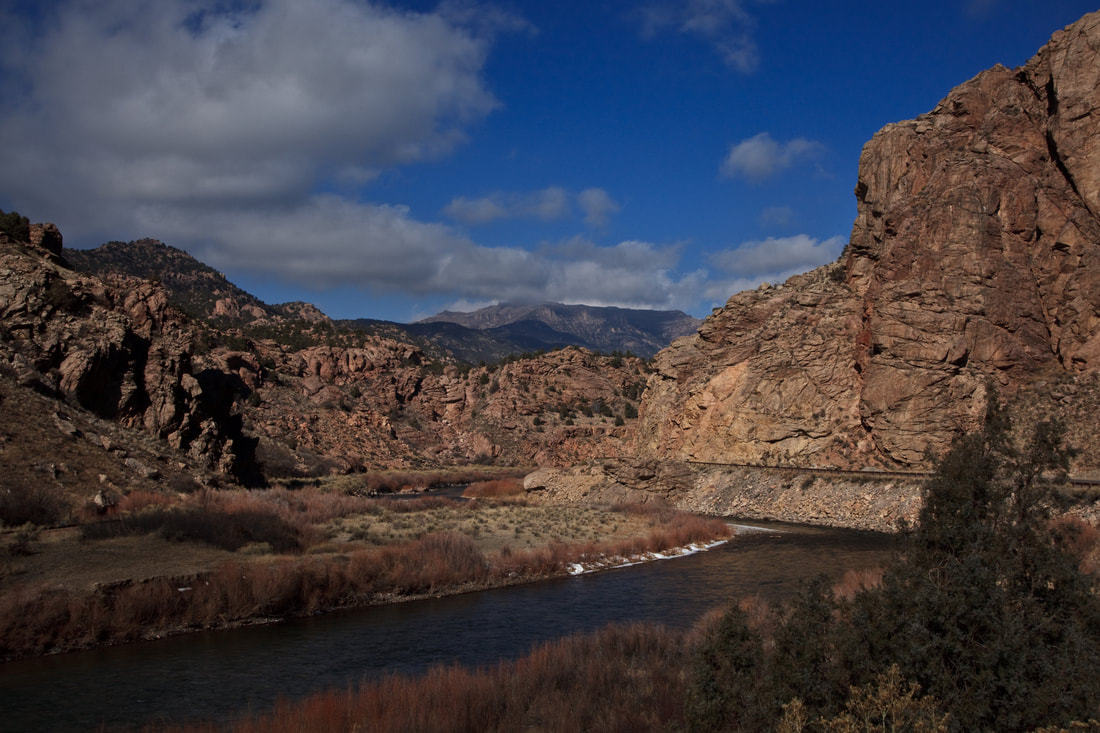
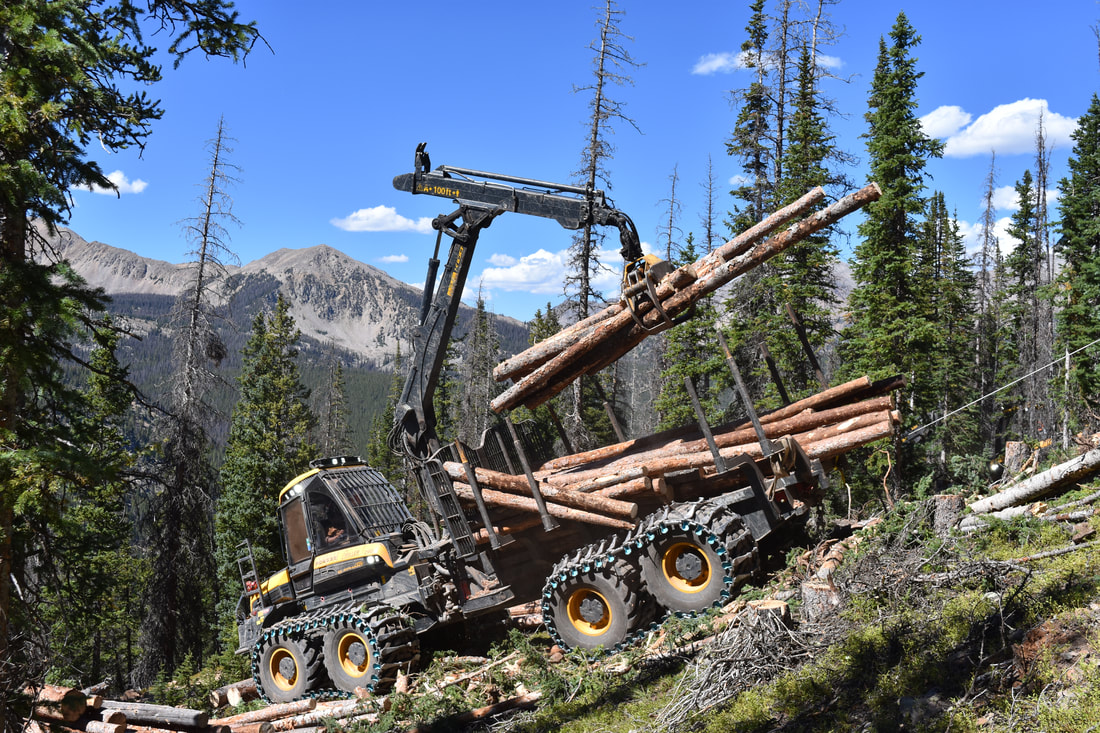
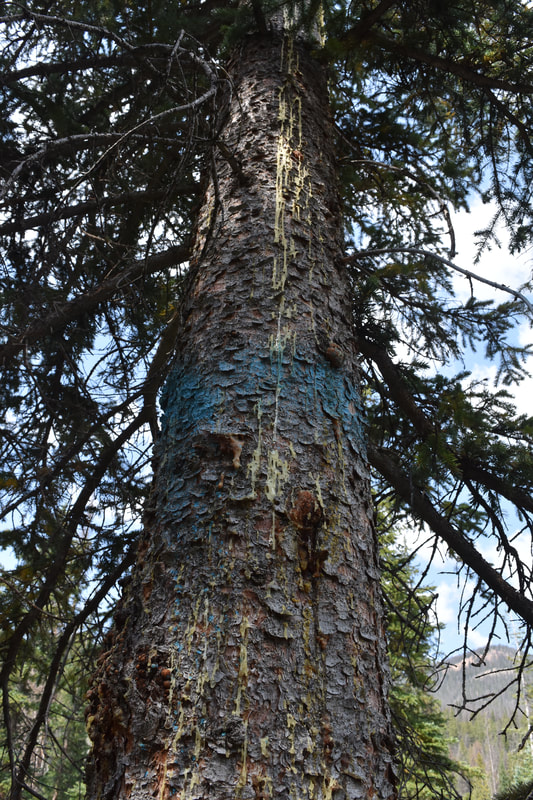
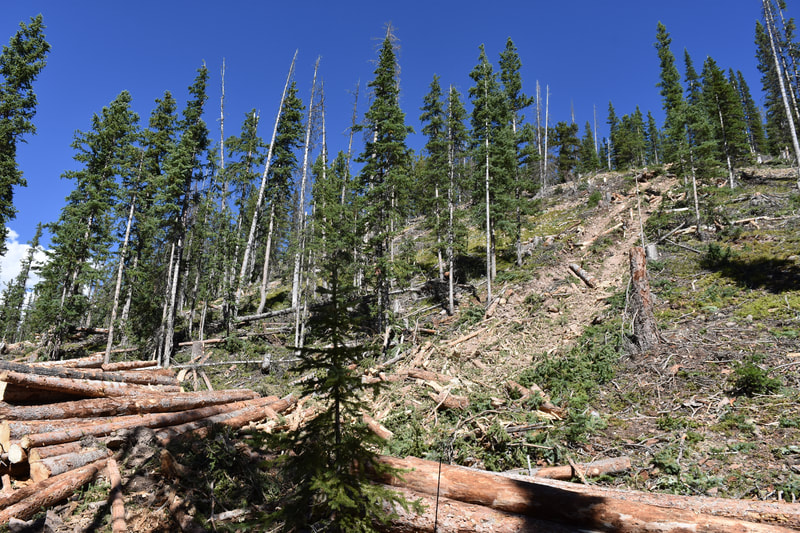
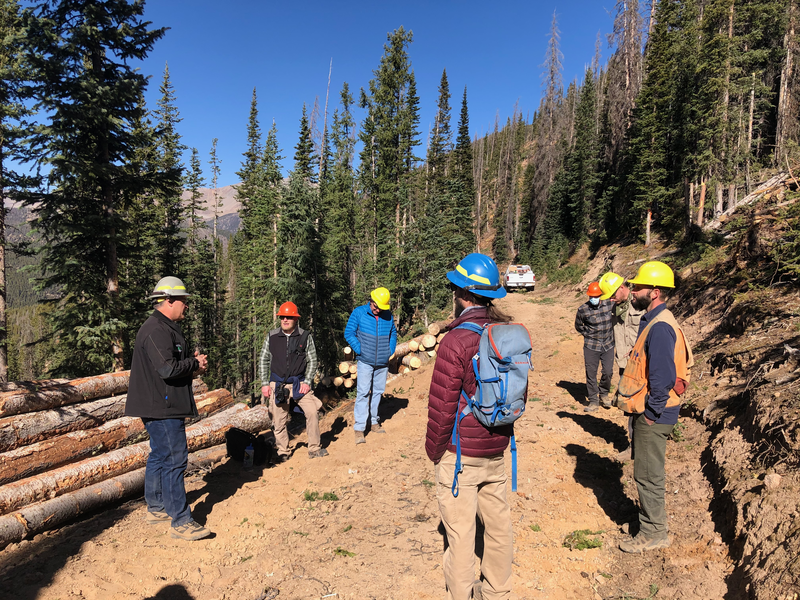

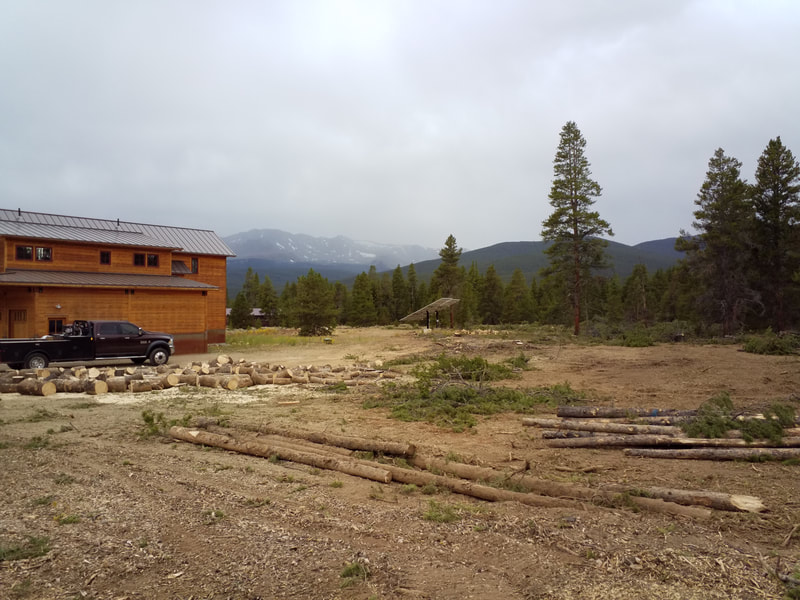
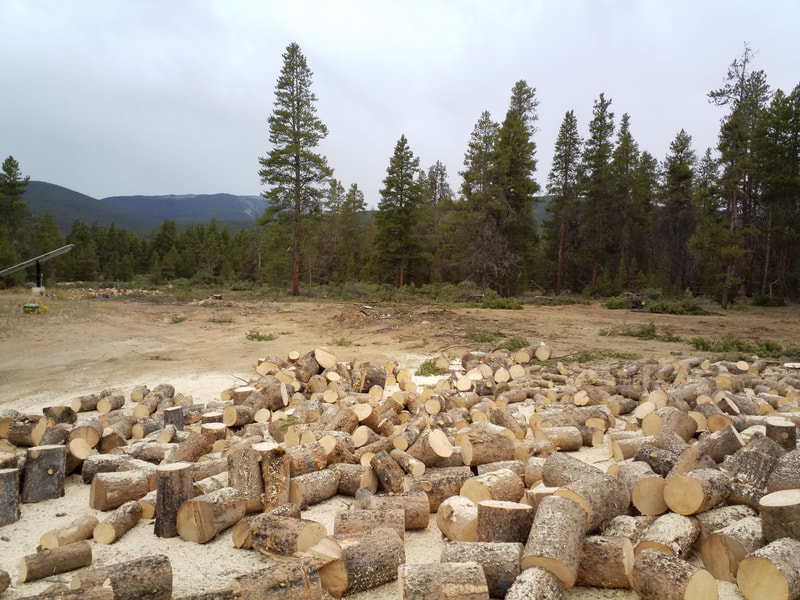
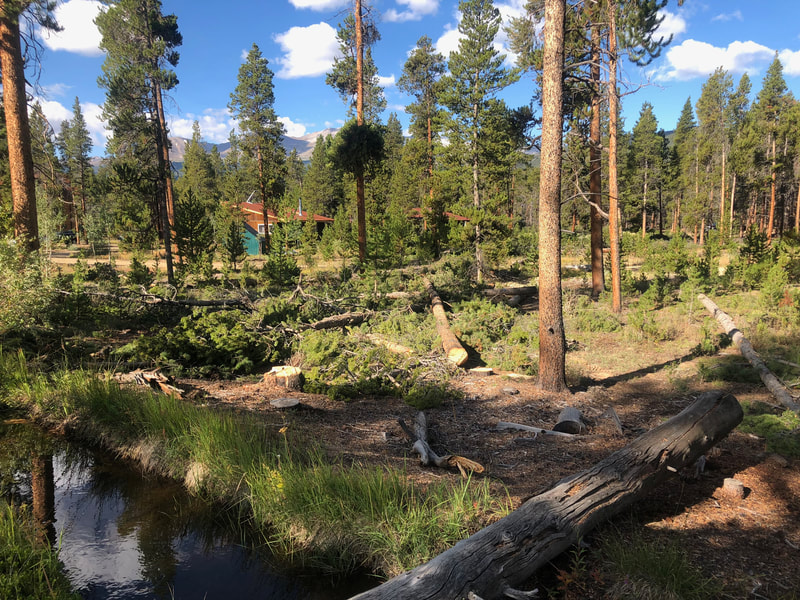
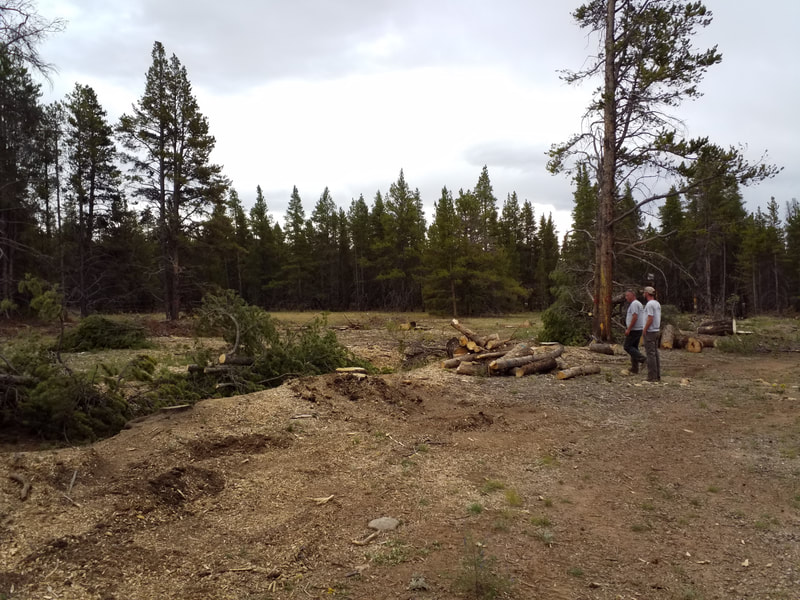
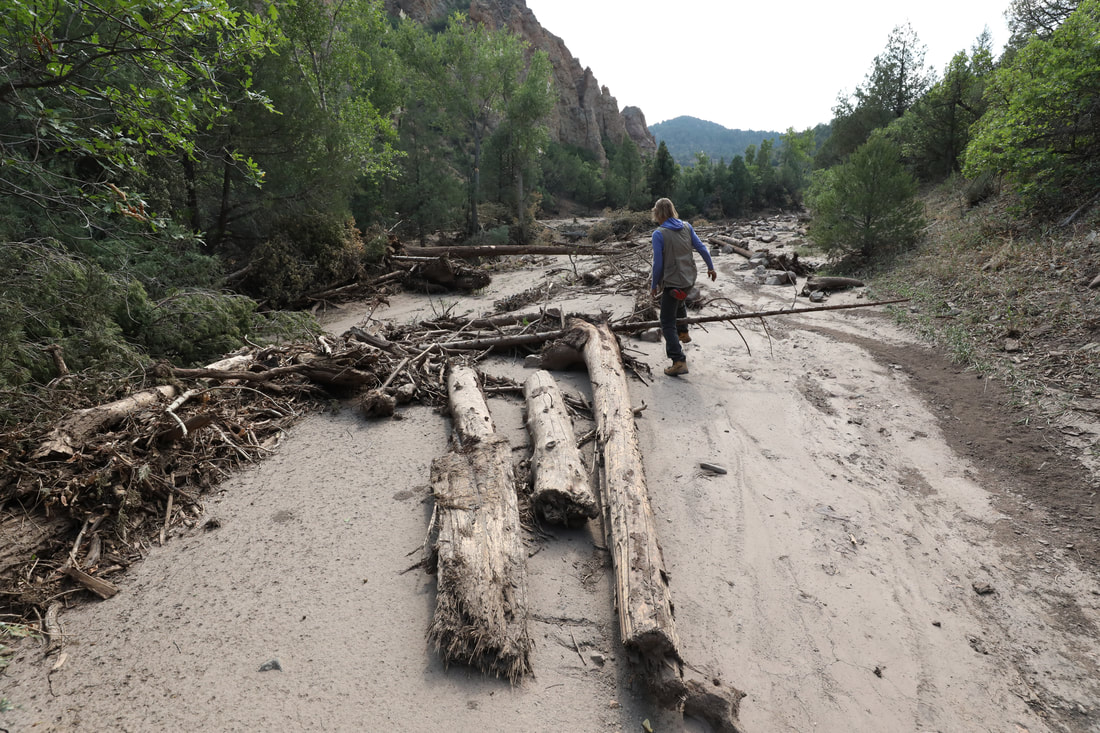
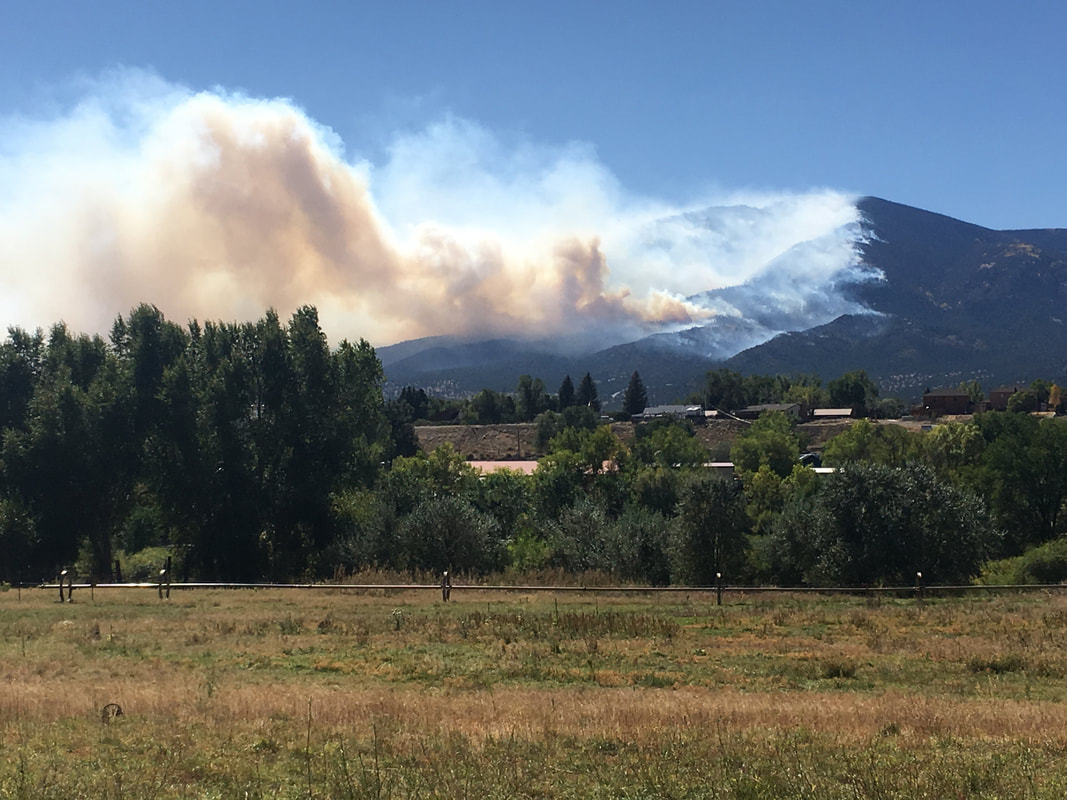
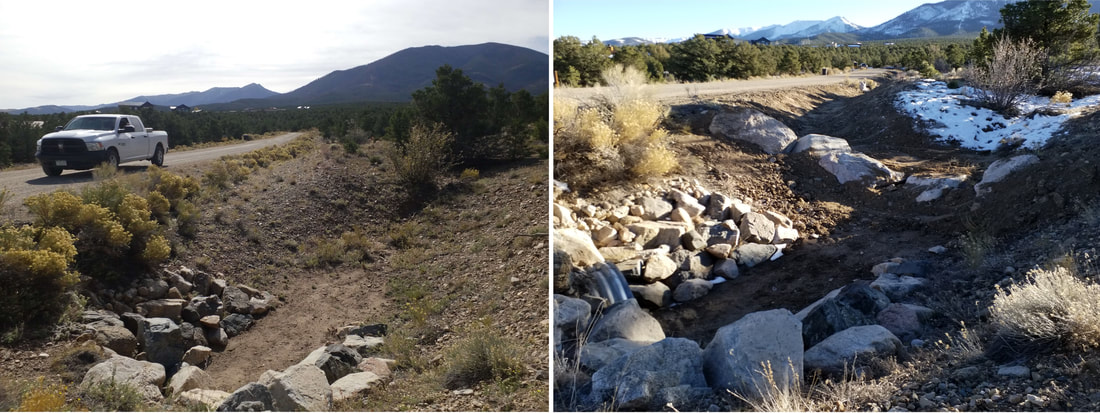
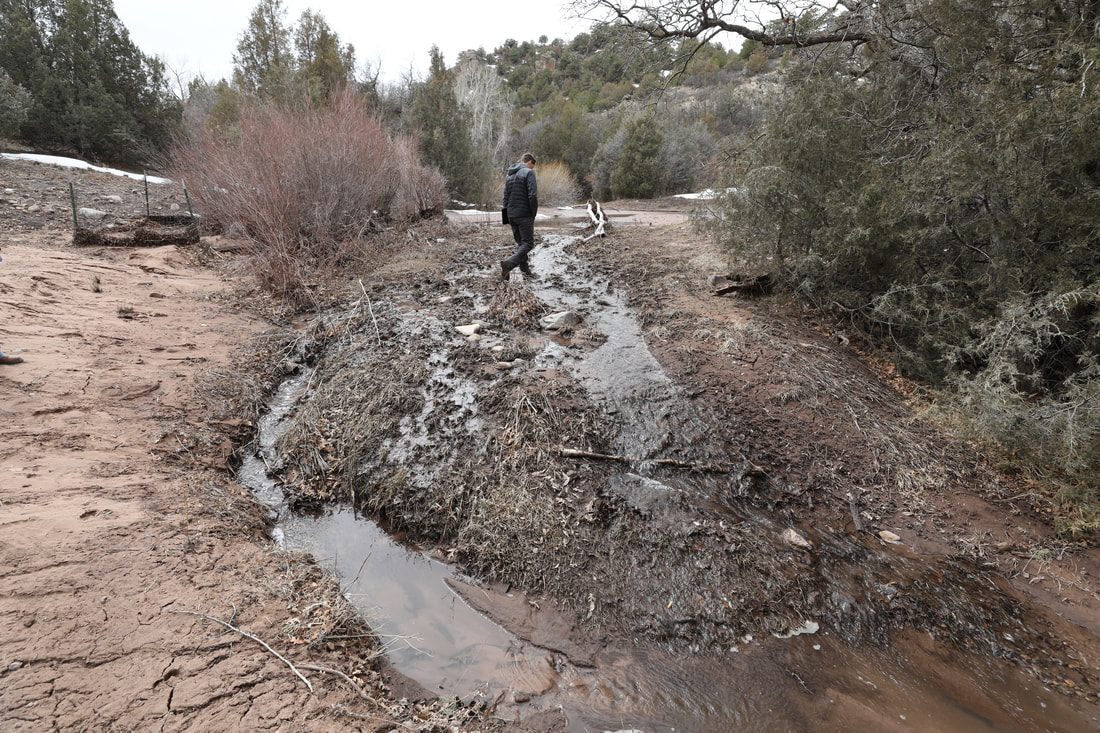
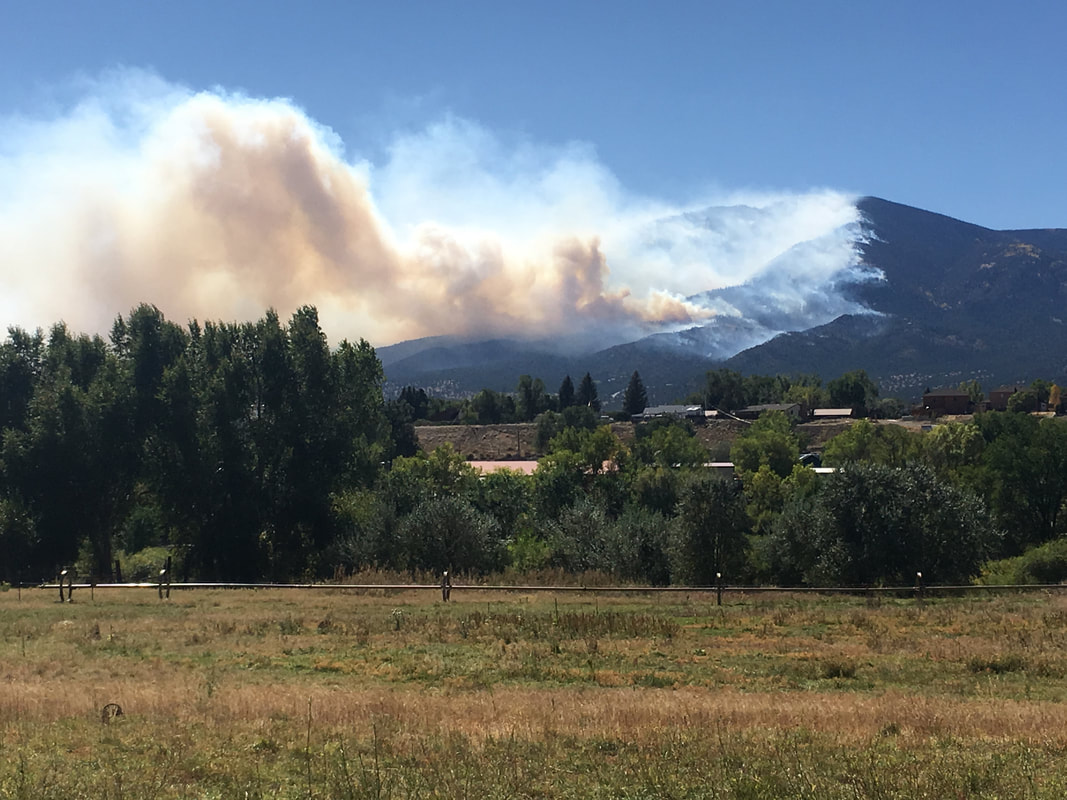
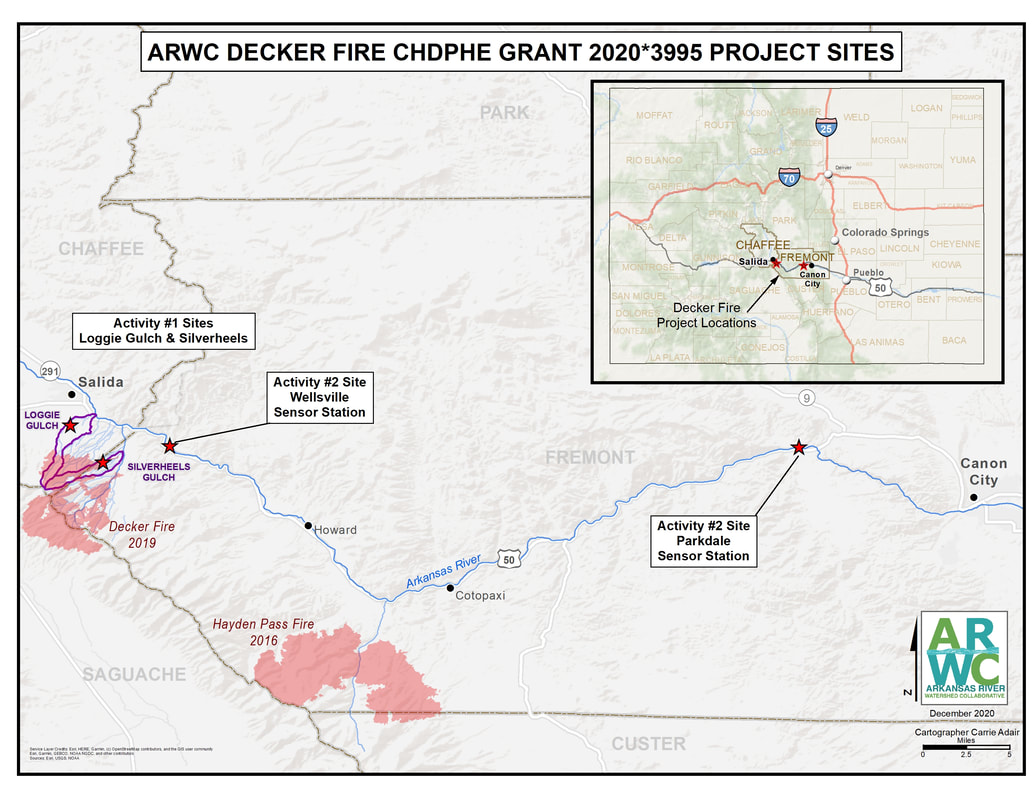
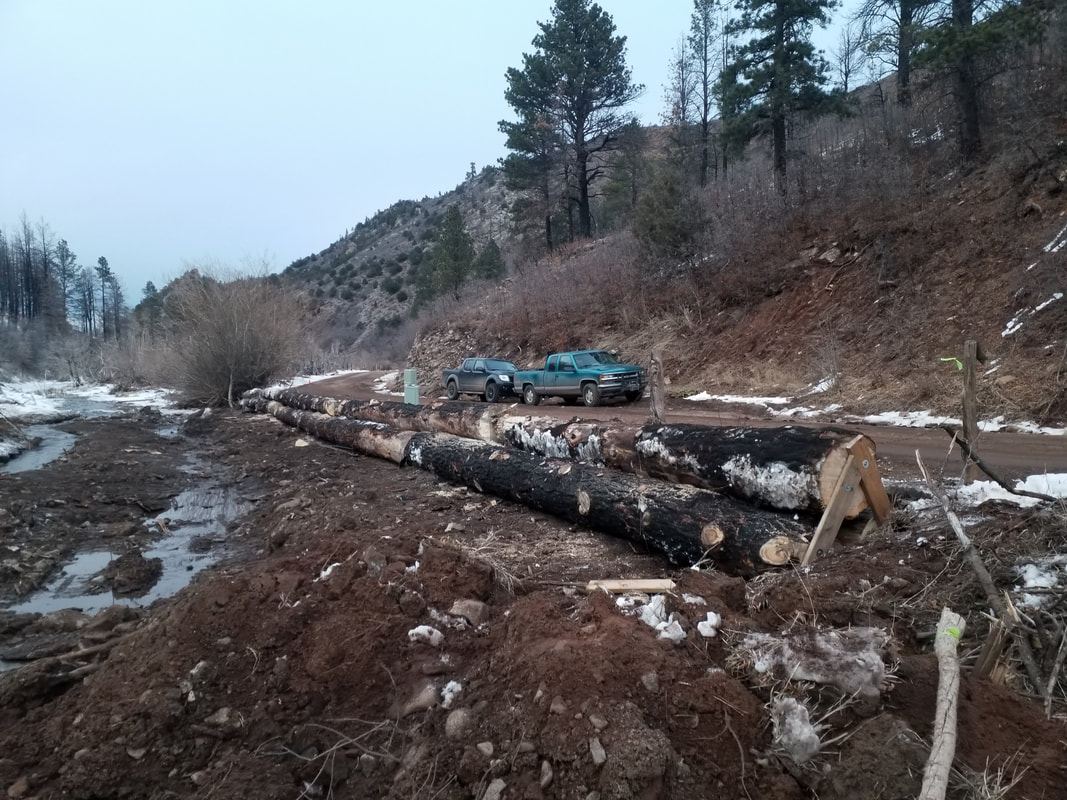
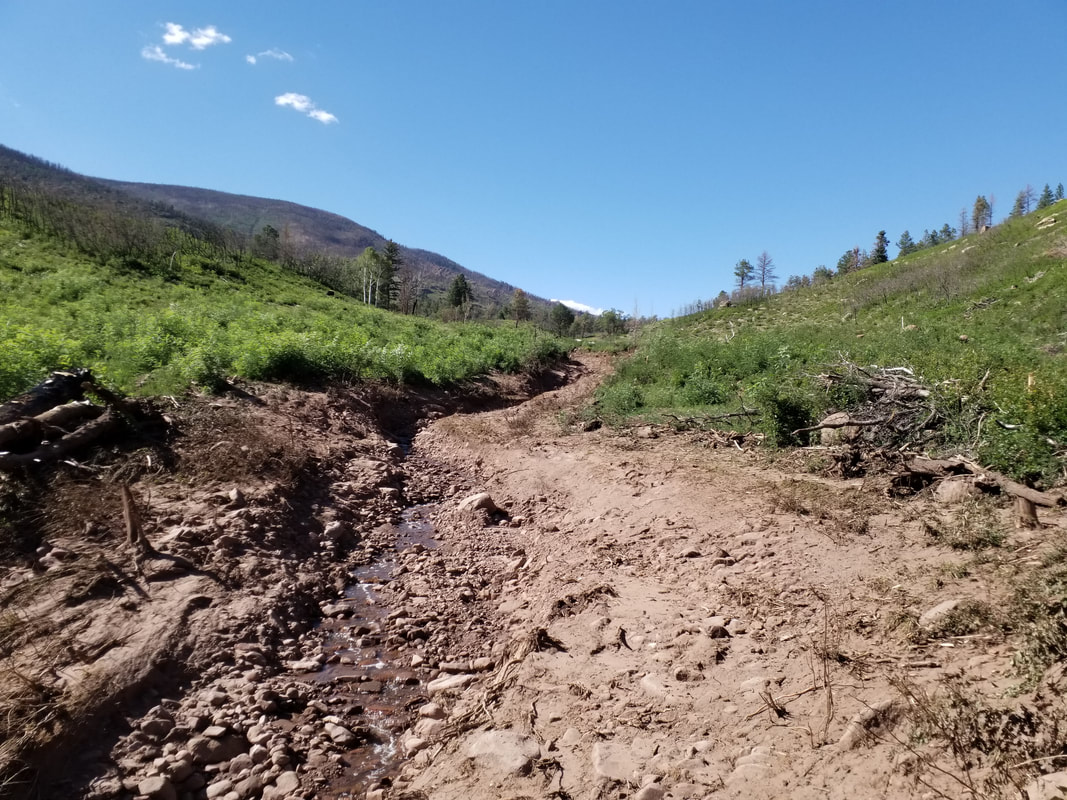
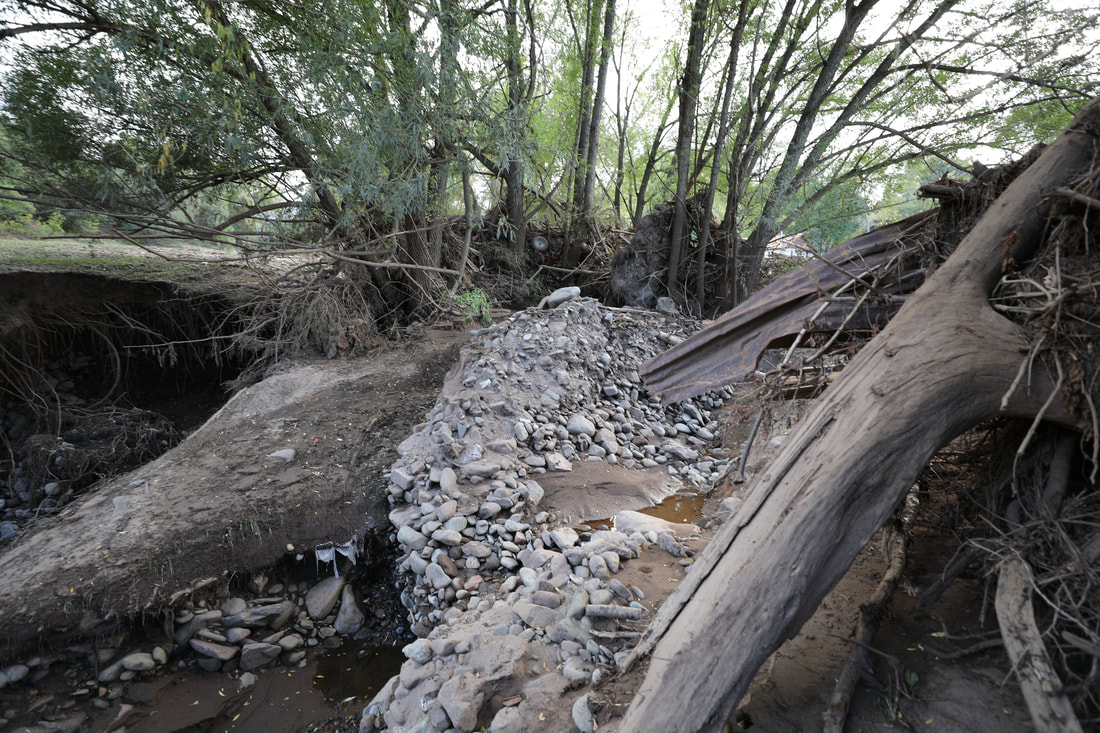


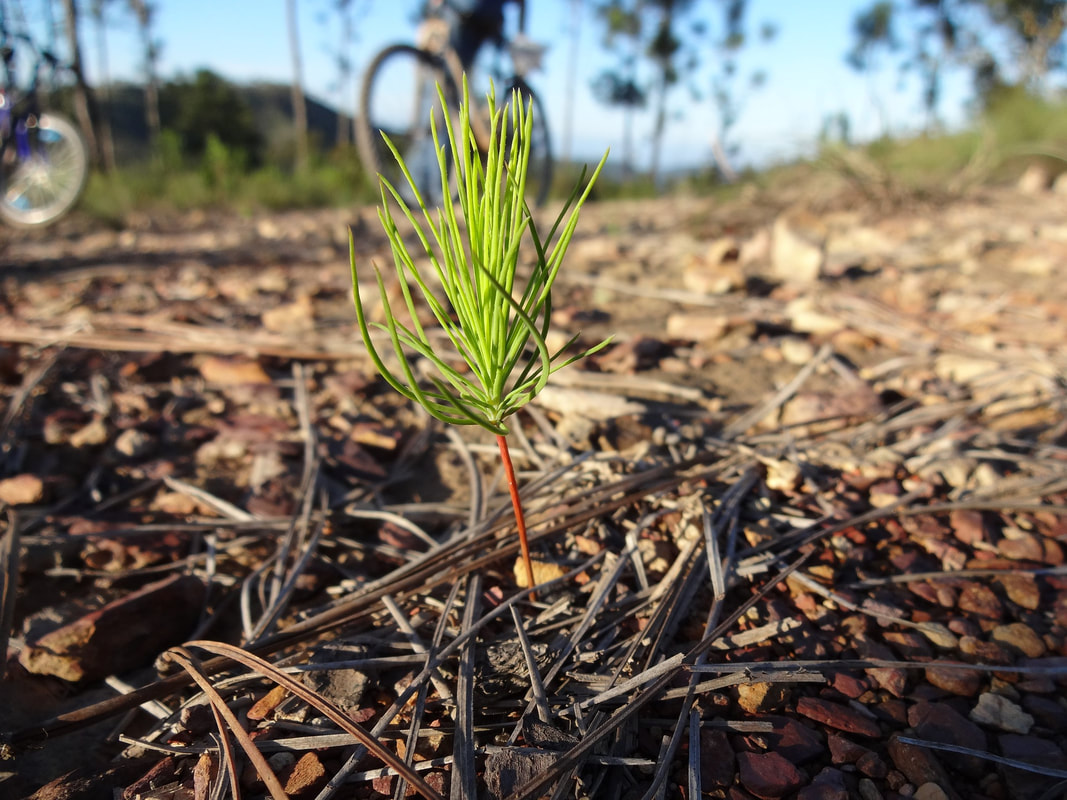
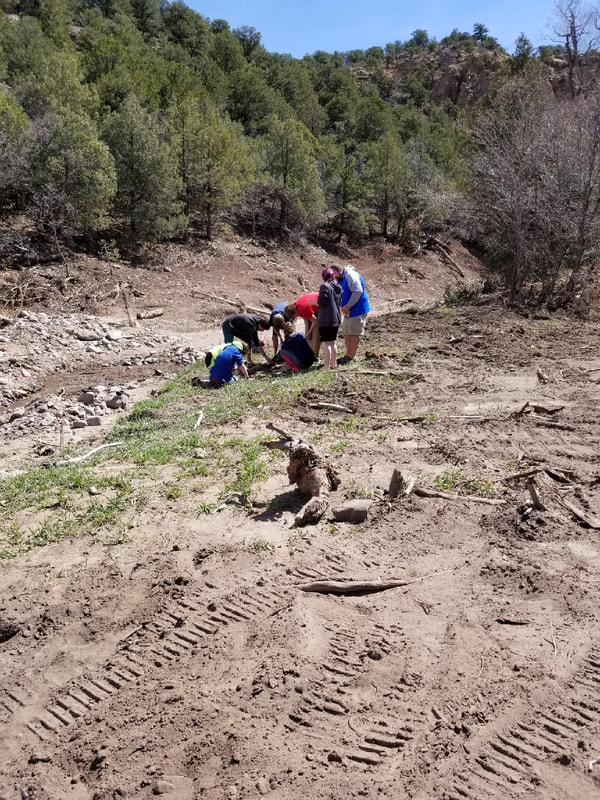
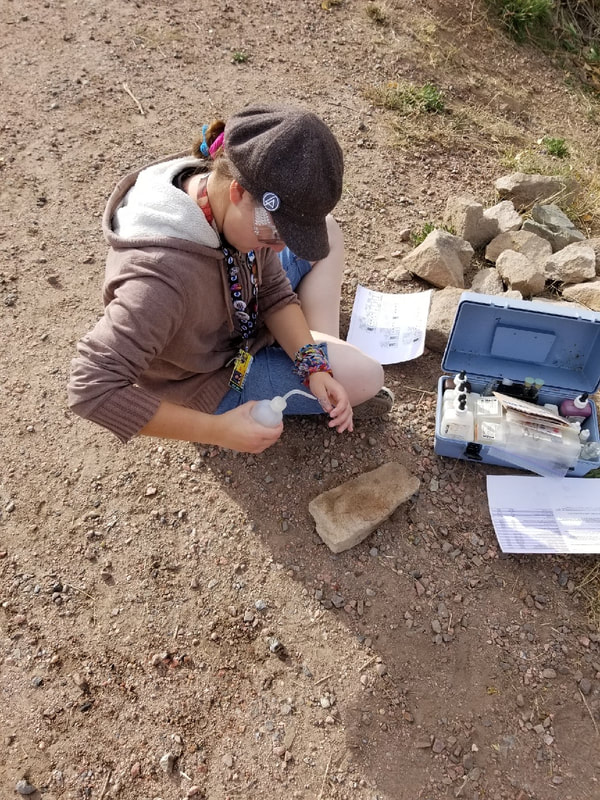
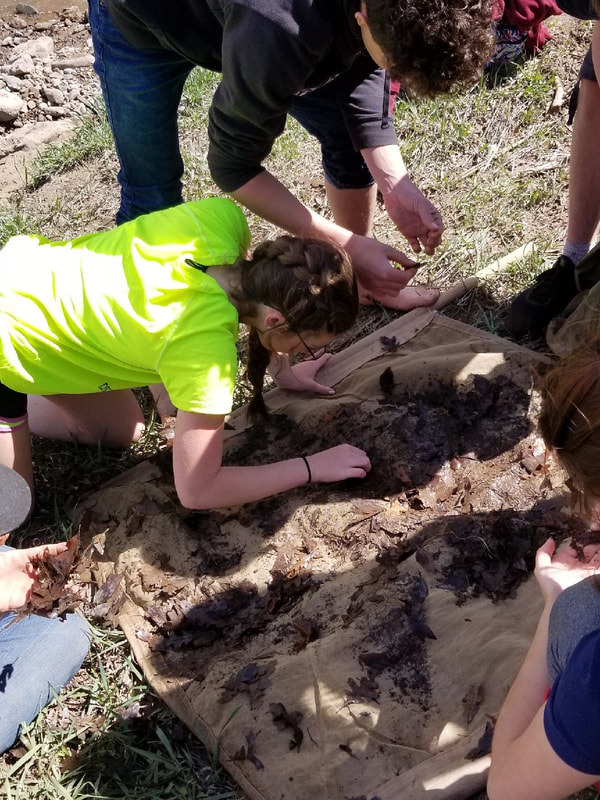
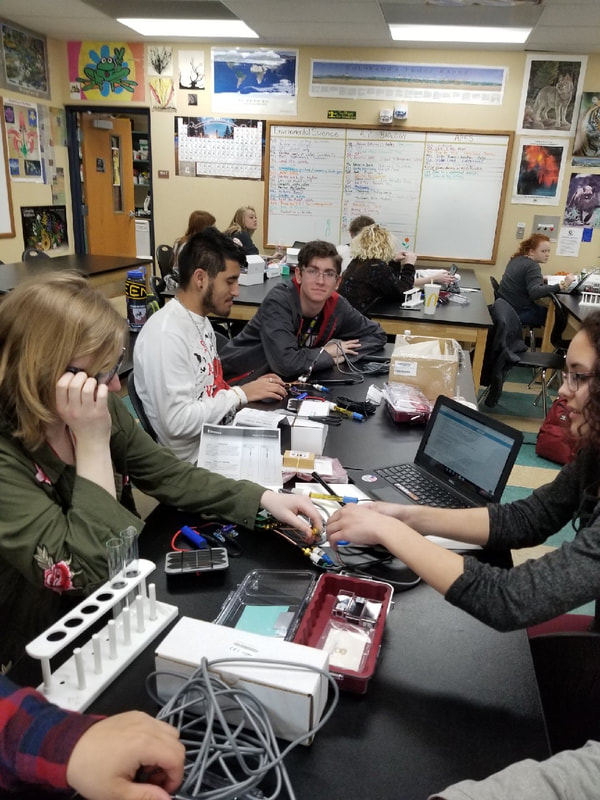
 RSS Feed
RSS Feed
